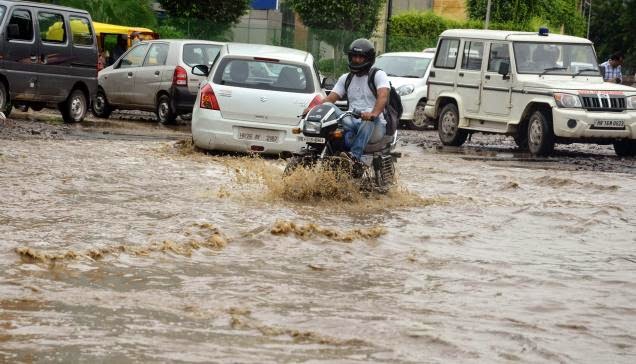Swachh Bharat Abhiyan(Clean India Mission) was launched by Prime Minister Narendra Modi on October 2, 2014 at Rajghat, New Delhi. It is a national campaign undertaken by the Government of India that covers 4041 towns and primarily aims at cleaning of streets, roads and other infrastructure of the country. It’s not a new programme since in 1986, Central Rural Sanitation Programme was launched which later evolved into Total Sanitation Campaign in 1999 and Nirmal Bharat Abhiyan in 2012. It’s an extension of these programmes to bring about a cleaner India. It is considered the biggest cleanliness drive ever to be launched in India because it observed participation around 3 million government employees, school and college students.
Aims Of Swachh
Bharat Abhiyan
The Swachh Bharat Campaign aims at achieving a cleaner India
by October 2, 2019 which will mark the 150th birthday anniversary of
the Father of the Nation Mahatma Gandhi. The total expenditure allocated to implement
this programme is around Rs. 62000 crores. Some of its specific objectives are:
- Cleaning of streets, roads and water bodies to obtain a cleaner environment
- Bringing about a change in the population’s behavior towards sanitation and healthy practices
- Construction of effective waste disposal systems for towns and villages to eliminate wastes
Nualgi-- A way to
achieve Cleaner Water Bodies
Many technological developments in recent past definitely
have changed our perspective as to how we may achieve a cleaner India.
Development of the nano technology called Nualgi, developed by T Sampath Kumar
(receiver of national award for innovation in 2013) of Bengaluru fits in
perfectly with the aims of the Swachh Bharat Abhiyan. It’s a technology that’s
specifically designed to clean polluted water of rivers, drains, lakes, ponds,
bays and coastlines, for overall pond lake development.
What is basically does is that it in the process of
decontaminating water bodies, it absorbs the essential greenhouse gases such as
carbon dioxide and detoxifies the water making it clean and pure. It’s also
known to convert pollutants present in the water bodies into food that can be
eaten by fish so as to minimize deaths amongst aquatic life.
It’s a chemical formula that can be added in little quantity
to the water resource to grow diatoms in water which facilitates the aquatic
food chain and hence restore the nutrients of the water.It’s much better and
economical than the existing methodologies used these days that involve
bacteria or enzyme dosing and oxygenation.
Diatoms are ribbon-like algae that are mostly found in
oceans, seas and freshwater basins. These algae are the favorite food for
zooplanktons, fish, crustaceans and other aquatic life. They mainly minimize the
toxic effects caused by blue green algae. Nualgi has been certified as a
non-toxic formula and has been successfully used in many water bodies of India
like the water ponds alongside the Rajpath connecting India Gate to Rastrapati
Bhavan. It removed 85% of the thick algae, eliminated the stench and made the
water habitable for aquatic life.
According to various researches, it’s believed that Nualgi
can definitely contribute to neutralize the hazardous sewage that flows in the
river Yamuna and also curb vector-borne diseases that are caused due to the
toxins and chemicals present in the water. In that respect, it becomes essential that
Swachh Bharat Abhiyan makes the best use of this latest technology which can do
wonders to promote safe and pure water bodies.




































